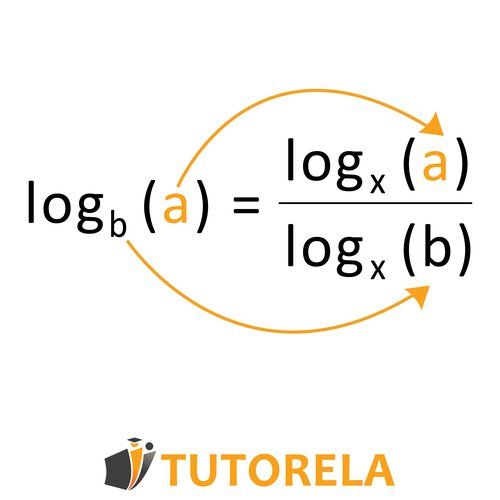To solve the problem of finding what logmn×logzr equals, we will apply some rules of logarithms:
1. Restate the problem: We need to determine the expression that logmn×logzr is equivalent to.
2. Key information: We have two logarithms: logmn and logzr.
3. Potential approaches: Use the change of base formula for logarithms.
4. Key formulas: The change of base formula for logarithms states logab=logcalogcb.
5. Chosen approach: Use the change of base to express each log in terms of a common base and simplify.
6. Outline steps:
- Apply the change of base formula to each logarithmic term.
- Simplify the expression.
7. Assumptions: Assume variables m,n,z,r are positive real numbers and bases (m and z) are not equal to 1.
8. Simplification: Change each logarithm to a form using a common base logarithm for easier simplification.
11. Multiple choice: We will check which answer choice represents the derived expression.
12. Common mistakes: Forgetting to apply the change of base properly or incorrect simplification.
Let's work through the solution step-by-step:
- Step 1: Apply the change of base formula.
- Step 2: Simplify the expression using properties of logarithms.
- Step 3: Identify the expression among the given choices.
Now, let's apply the steps:
Step 1: Use the change of base formula.
By the change of base formula, we know that:
logmn=logkmlogkn
logzr=logkzlogkr
for any base k. Using the natural logarithm base (ln) for simplicity, we substitute into these expressions:
logmn=lnmlnn
logzr=lnzlnr
Step 2: Simplify.
Now, multiply the two expressions:
logmn×logzr=(lnmlnn)×(lnzlnr)
Simplifying, we get:
=lnm×lnzlnn×lnr
Step 3: Expression equivalence analysis.
By rearranging the terms using logarithmic properties, it follows that the expression simplifies to:
logzn×logmr
Therefore, the solution to the problem is logzn×logmr.
This matches option 1 in the multiple choice answers provided.
Answer:
logzn×logmr

